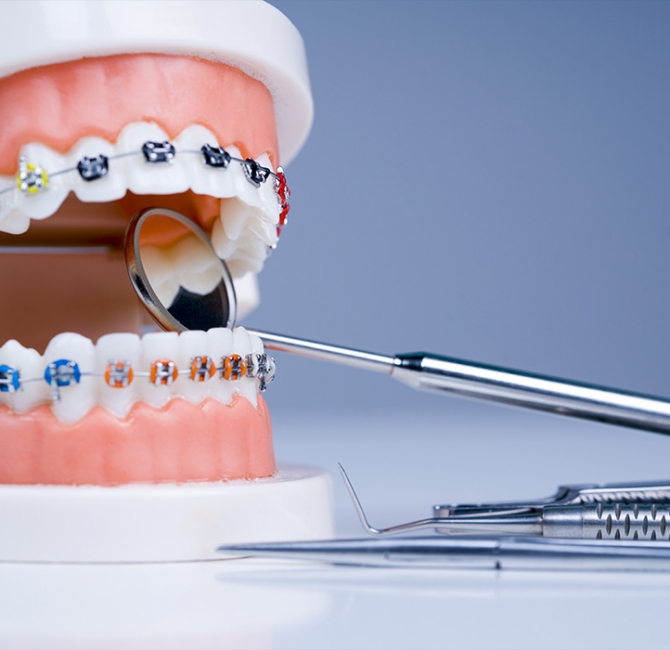Many oral signs and symptoms provide important clues to the presence of medical conditions – including cardiovascular disease, adverse outcomes of pregnancy, and cancers, to name a few. Through careful examination of the oral cavity, oral health professionals can often contribute to prompt diagnosis and treatment of systemic diseases in need of medical attention. The oral manifestations of various medical and systemic conditions are reviewed in a study published in Dental Journal of Advance Studies.
Pulmonary disorders
Smoking is a shared risk factor for chronic obstruction pulmonary disease (COPD) and periodontal disease. Research has suggested an association between periodontal disorders and airway obstruction, and even that periodontitis may be a COPD risk factor. Asthma may also be related to periodontal disease, along with several other oral findings – mainly related to the habit of breathing through the mouth, which is common
in asthmatic patients. Up to 5% of patients with pulmonary tuberculosis may have oral lesions, while aspiration pneumonia has been linked to poor oral hygiene and periodontitis. Mucosal or palatal ulcers may be observed in patients with granulomatous
diseases, including sarcoidosis and Wegener granulomatosis.
Gastrointestinal disorders
Crohn’s disease may be associated with oral signs, including papules, ulcers, and edema. Most of these lesions are firm and painless; however, Crohn’s-related ulcers may be deep and severely painful on pressing. Oral signs of ulcerative colitis may also occur, including hemorrhagic or aphthous ulcers or angular cheilitis. Individuals with celiac disease are at increased risk of enamel defects, which may lead to dental caries. Gastroesophageal reflux disease (GERD) is known to be associated with erythema of the palatal mucosa and uvula, along with dental erosions. Halitosis has been suggested as a routine finding in individuals with GERD.
Other systemic conditions
Several hematologic conditions may have intraoral manifestations. Oral findings associated with iron deficiency anemia include mucosal pallor, atrophic glossitis, and angular cheilitis. Individuals with sickle cell anemia may have a wide range of abnormalities, including mandibular osteomyelitis, pulpal necrosis, and enamel hypomineralization. Different types of leukemia have various oral manifestations. These include ulcers and gingival bleeding and hyperplasia in individuals with acute myeloid leukemia; and localized swelling, gingival bleeding, and purpura in those with chronic lymphocytic leukemia.
Oral manifestations of kidney disease include mucositis, stomatitis, and glossitis, leading to inflammation and pain of the mucosa and tongue. Children with chronic renal failure may have delays in tooth eruption and dental development, among other oral signs and symptoms.
Diabetes is associated with a wide range of oral abnormalities, including xerostomia resulting from decreased salivary flow and increased salivary glucose levels. Increased infections and poor healing may also contribute to periodontal and other oral diseases in individuals with diabetes. Hyperparathyroidism is linked to tooth mobility and decreased bone density, while hypoparathyroidism is associated with enamel hypoplasia and delayed tooth eruption. Individuals with hyperthyroidism may have periodontal disease, osteoporosis of the upper or lower jaw, and high risk of dental caries. Hypothyroidism is associated with taste abnormalities, poor periodontal health, tongue enlargement, and delayed wound healing.
Oral health professionals should be aware of and familiar with oral manifestations of liver disease. In addition to gingivitis and periodontitis, these may include more specific findings such as mucosal jaundice and petechiae, fetor hepaticus, xerostomia, and tongue atrophy.
Clinical significance
Abnormalities seen on routine dental examination may often be the first sign of systemic diseases – for example, mucosal jaundice may be the first clue to with liver disease. Oral health professionals also play a key role in managing oral manifestations of common medical diseases, such as xerostomia in clients with diabetes.



